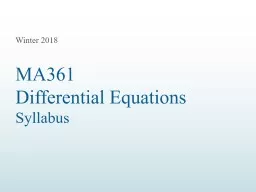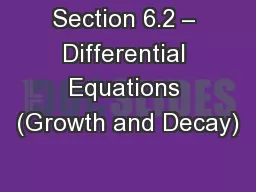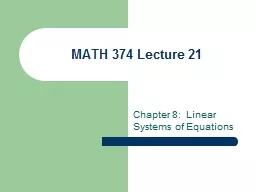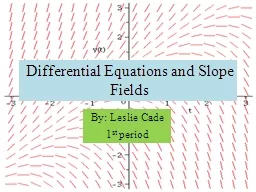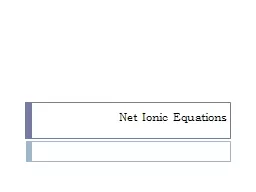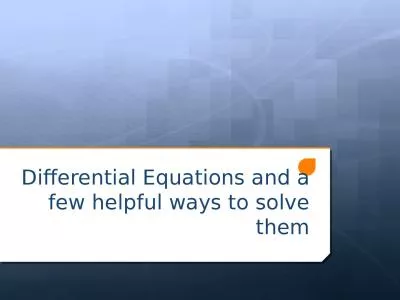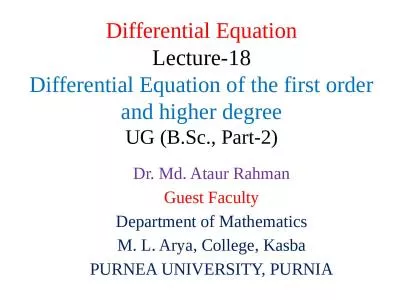PPT-MA361 Differential Equations
Author : pasty-toler | Published Date : 2019-12-28
MA361 Differential Equations Syllabus Winter 2018 Instructor and Textbook Instructor Roxin Zhang Class MWF 1200 1250 pm Jamrich 3315 Office Hours MWRT 111150 am
Presentation Embed Code
Download Presentation
Download Presentation The PPT/PDF document "MA361 Differential Equations" is the property of its rightful owner. Permission is granted to download and print the materials on this website for personal, non-commercial use only, and to display it on your personal computer provided you do not modify the materials and that you retain all copyright notices contained in the materials. By downloading content from our website, you accept the terms of this agreement.
MA361 Differential Equations: Transcript
Download Rules Of Document
"MA361 Differential Equations"The content belongs to its owner. You may download and print it for personal use, without modification, and keep all copyright notices. By downloading, you agree to these terms.
Related Documents

